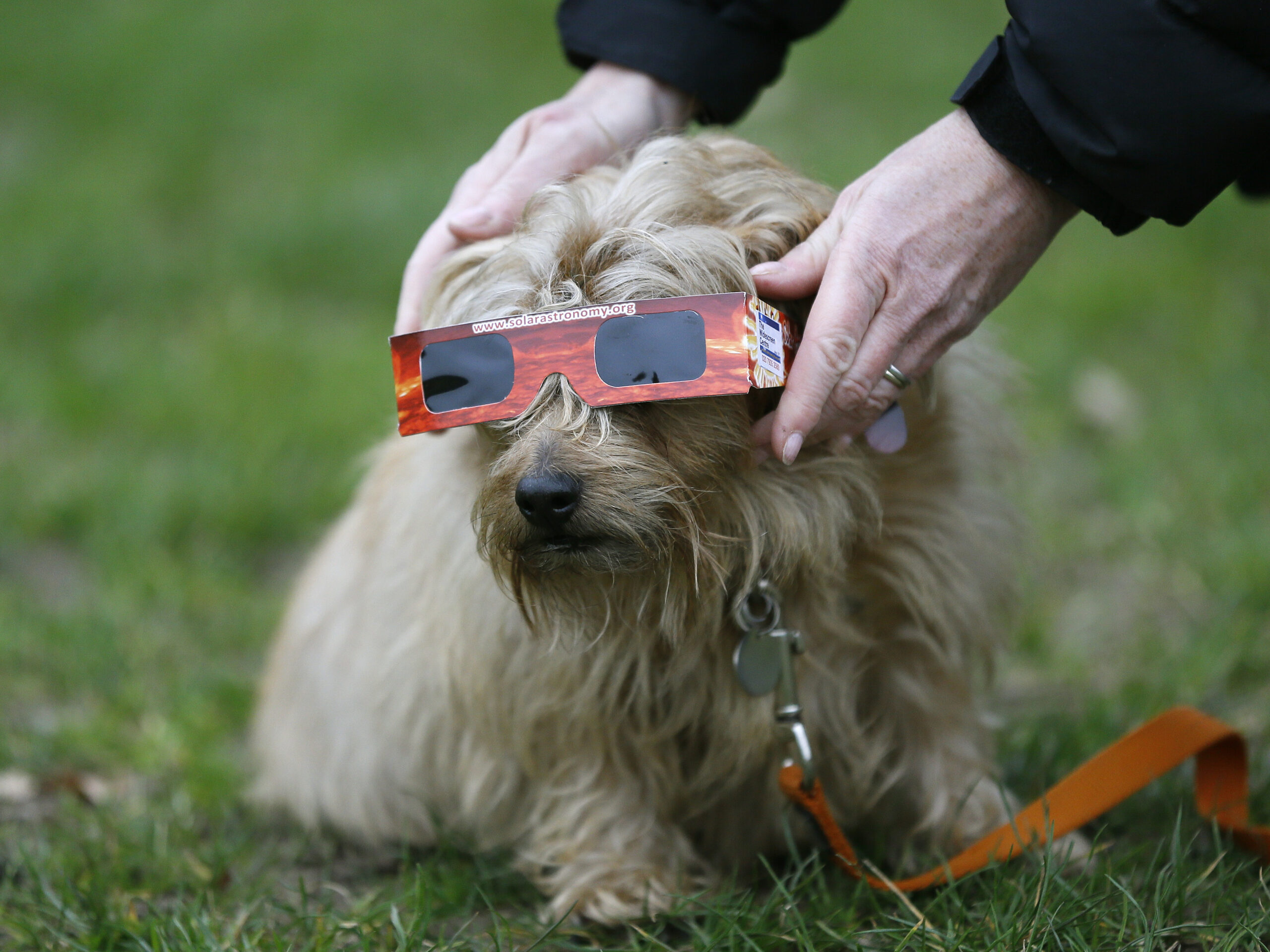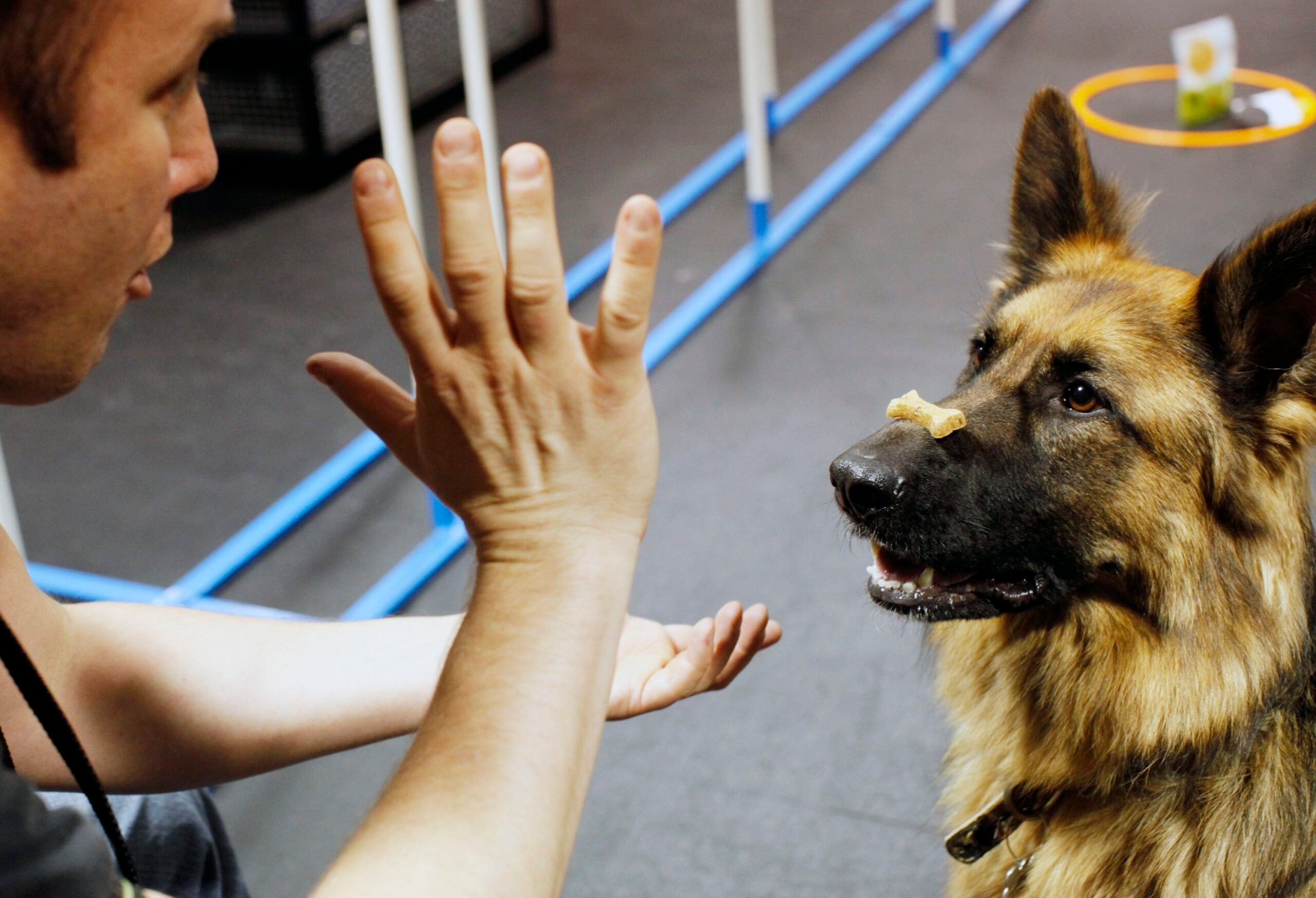Judith Siers-Poisson finds out how to pet-proof our homes. Plus, information on a new Fairness to Pet Owners Act that has been introduced in Congress.
Featured in this Show
-
Veterinarian: It Pays To Pet-Proof Home, Yard
Child-proofing a home to keep the little people who live or visit there safe from things that can harm them is a common practice. But just like a small child, a pet can get into harmful materials and places in a blink of an eye.
According to Dr. Sandi Sawchuk, the answer is to pet-proof one’s home. Sawchuk is a professor of veterinary medicine at the University of Wisconsin-Madison School of Veterinary Medicine.
In the yard, many items can be uncovered by melting snow at this time of year. Sawchuk related that she found “old slimy, thawed out, frozen, refrozen rawhide” that her new dog had apparently taken outside. Since her other dogs have never done that, she didn’t think to look them there, but was glad that she found them because it can be a serious health hazard.
Recently at the Vet School, they saw a dog that ate old rawhide that had been sitting outside, she said.
“Remember, that’s an animal part,” Sawchuk said, “and so anything that’s on it is going to be able to multiply,” especially with moisture and warmer temperatures.
Another backyard hazard for pets is birdfeeders. Sawchuk said that the seeds that are dropped from the feeders by birds can develop mold, and depending on the type, they could make a pet very sick if the moldy seeds are ingested. The other risk is bacterial infection from bird excrement under the feeders that pets could come into contact with. Sawchuk said that salmonella is probably the most common concern, but there could be other harmful bacteria present as well.
Indoors, rooms to focus on include the bathroom, and laundry rooms because of cleaning products and a variety of beauty products that can be hazardous to animals. And the kitchen can be a real minefield for pets as well. Sawchuk cautioned that cats can easily jump onto a lit stove, and dogs have been known to pull down hot pots and pans from a stovetop.
Sawchuk said that “if you have a dog who’s really ‘jumpy,’ I think it’s a good idea to keep them out of the kitchen completely. Whether it’s baby gates, or in-home containment systems,” Sawchuk said that there are a variety of solutions available.
While cats and dogs are the most common pets, others will benefit from pet-proofing as well. Rabbits are notorious chewers, so protecting electrical cords is a good investment. Sawchuk said that making sure that laundry, towels, and clothing are out reach is wise, too. She related a story where a pet bunny ate through the leg of her brand-new pants … while she was wearing them.
Ferrets are both inquisitive and able to fit in small places, both of which can get them into trouble. Sawchuk said that when a bathroom door was left open she heard a “thump, thump, thump,” which was one of her ferrets coming downstairs with a shampoo bottle that he had stolen off of the edge of the bathtub.
“That’s another very popular pet that can get into so much trouble,” Sawchuk said. “And when you have one of those, you really realize how non-childproof your house really is.”
Safety for pet birds includes a threat that many owners aren’t even aware of. Sawchuk shared that Teflon pans, and the fumes that are produced from heating them at a high level are extremely toxic to birds. She warned that the fumes, which may not even be detectable by humans “can be lethal for birds. They can even be in another room and it can cause problems.”
Even if a home has been safe for pets in the past, a new pet can change that. Sawchuk pointed out that some animals will not be interested in “counter surfing” at all, but a new cat or dog might want to grab things from the countertops that used to be safe. Young pets, especially cats, might also have more agility, and more curiosity, which can lead to more exploring.
There are some helpful tips for pet-proofing a home on the Houzz website.
Episode Credits
- Judith Siers-Poisson Host
- Judith Siers-Poisson Producer
- Dr Sandra Sawchuk Guest
Wisconsin Public Radio, © Copyright 2024, Board of Regents of the University of Wisconsin System and Wisconsin Educational Communications Board.


